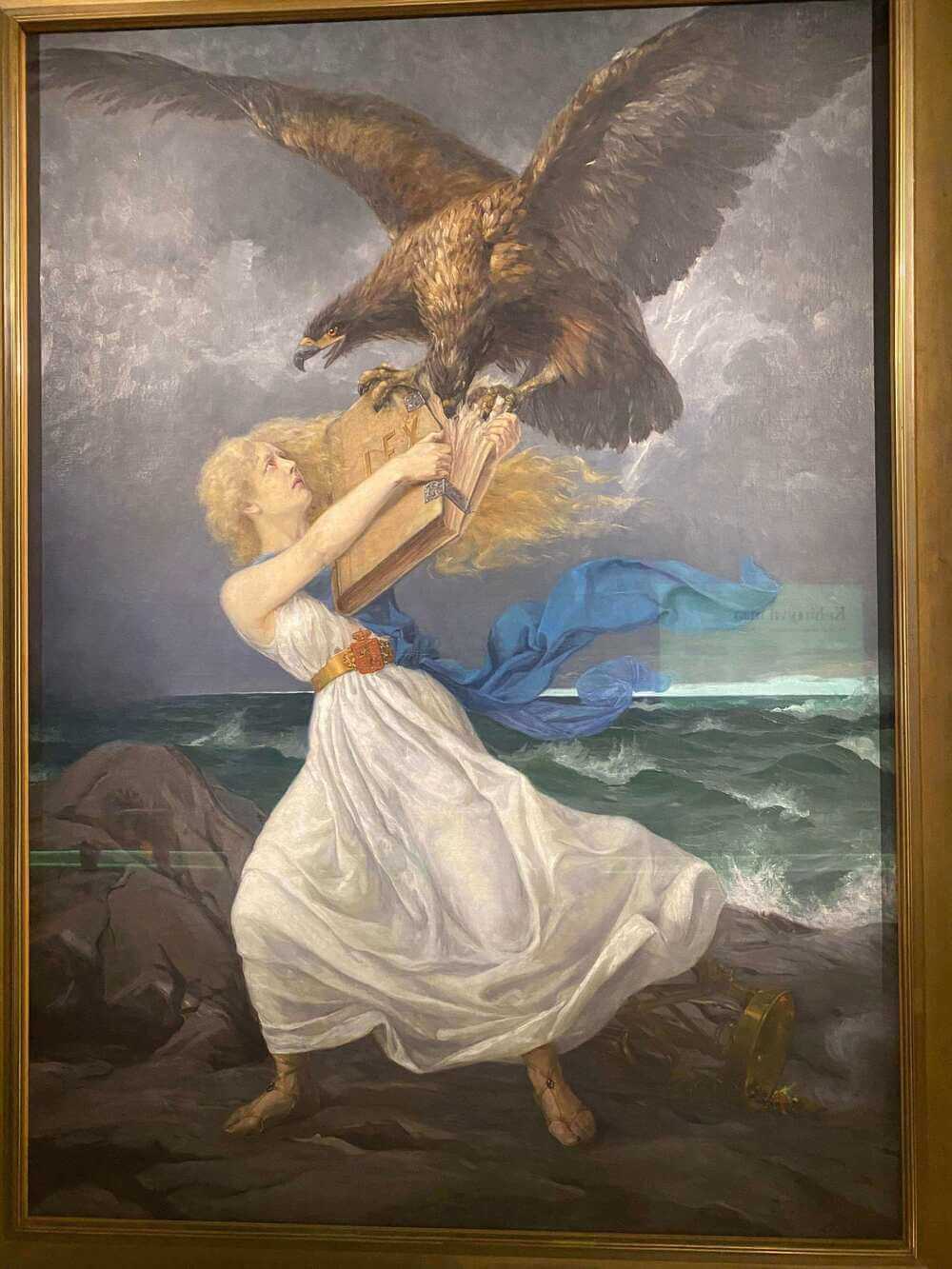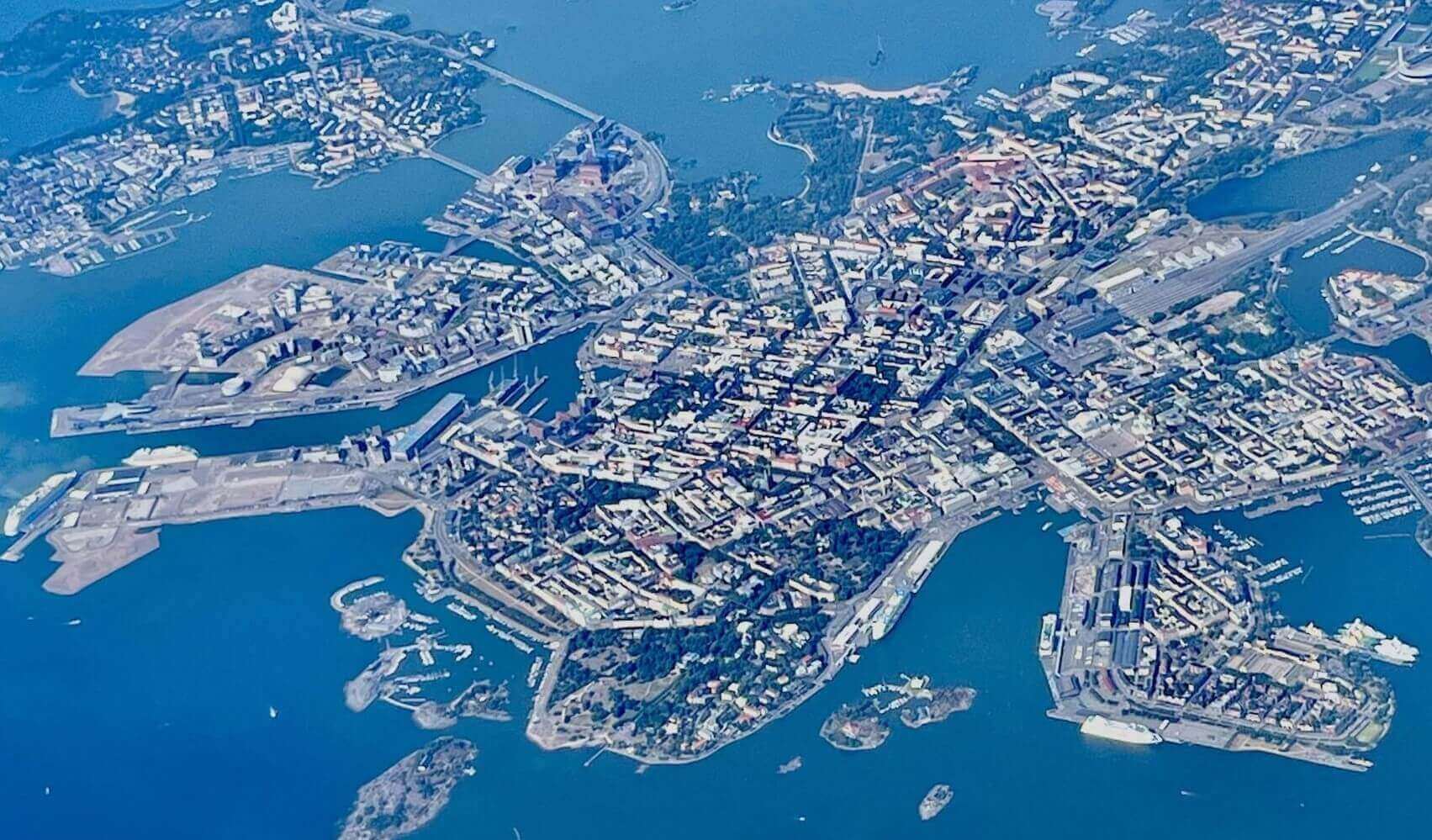
I visited Helsinki with my college friends Alexia Martinez and Rafael Tafur in August 2022 as the culmination of our glamorous Poland-Finland bus trip. We took a 2-hour ferry from Tallinn, across the Baltic Sea. One of the highlights of our sojourn in Helsinki was visiting the Loyly sauna. You are supposed to alternate between loosening up in the steaming hot saunas (70°C) and running out and jumping in the Baltic Sea (16°C), which was very cool. And by cool, I mean hypothermia-inducing for poorly acclimated individuals like myself. After thawing, we visited the Finnish Museum, which had an interesting exhibit on Finland’s political history that included a row of portraits of Finnish prime ministers. We took pictures of ourselves in a photo booth which temporarily displayed each of us as the current prime minister. We enjoyed looking at our very serious self-portraits and would have contemplated the momentous policy reforms we would enact if we had not been so busy cracking up.
Helsinki was founded in 1550 by Sweden’s King Gustav I as a part of Sweden and was originally called Helsingfors. It was devastated by the plague of 1710, and until the 19th century, its population remained in the thousands. The Swedes built the island fortress of Suomenlinna south of the city; this island today is a tourist attraction that is easily accessible by ferry. When Russia took control of Finland in 1809, the capital was moved from Turku to Helsinki, which helped the town gain in prominence and in population. Helsinki hosted the Olympic Games in 1952, and now has an extensive public transport system that makes it easy to commute anywhere in the surrounding metropolitan area. I enjoyed walking down Helsinki’s open-air markets, even though things were so expensive I barely bought anything.
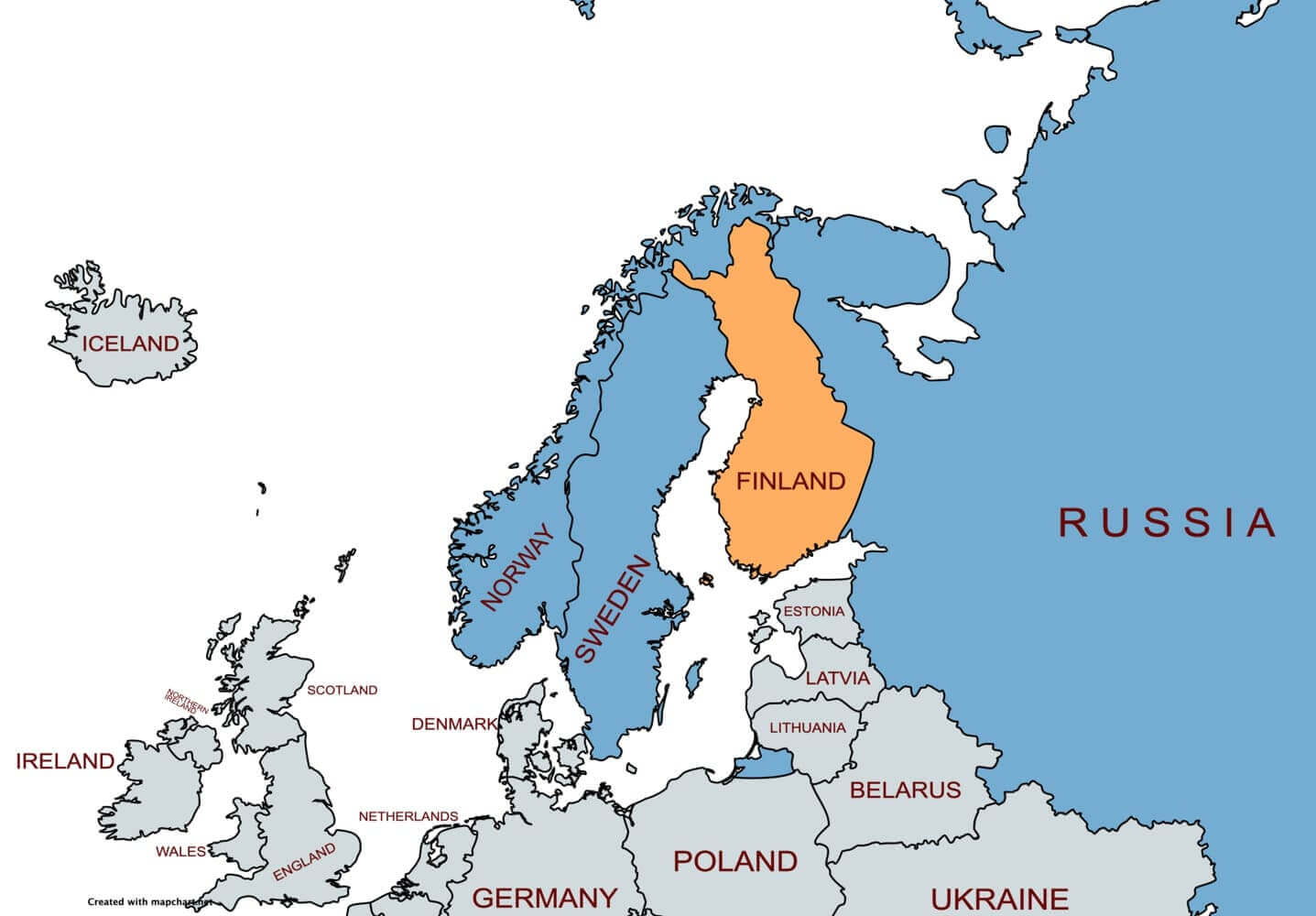
Today, Finland is associated with the other Nordic countries; however, they were not always so close. During the 12th and 13th centuries, Sweden realized that its Eastern neighbour was slow to understand the wonders of Christianity, and still adhered to pagan beliefs. Sweden therefore began the Northern Crusades into this region to generously enlighten the population. Sweden eventually controlled the entire region, and Finland remained part of its empire until 1809, when it was ceded to Russia at the end of the Finnish War. Like its Baltic neighbours, Finland took advantage of the chaos of the Russian Revolution after World War I to declare its independence from Russia. In 1939, the USSR invaded Finland. Despite being outnumbered and outgunned, Finland inflicted devastating casualties on the Soviet forces. Although Finland ultimately lost the war and had to cede 10% of its territory to the USSR (including the industrial Karelia region), the Soviet Union lost 6 times as many forces as the Finns did (with over 100,000 deaths), in an embarrassing Pyrrhic victory.

After World War II, Finland aligned itself more with the Western Block, but had to play a delicate balancing act to avoid galvanizing the USSR from invading it. Because of the USSR’s sheer size and manpower, Finland knew it could not last forever in open conflict. It therefore invested heavily in building up its army and defensive systems, to make a war as costly for the USSR as possible as a way of deterring attack. They also adjusted their foreign and domestic policies to be palatable for the Soviet leadership. For example, Finland remained neutral throughout the Cold War, avoided U.S. Marshall Plan aid, and occasionally restricted access to media that portrayed the USSR negatively. Many Western countries chide Finland for submitting to Soviet pressure; however, had they not done so, the USSR would have had a greater incentive to invade them, and might have done so.
This Lutheran cathedral was built in 1852, when Finland was part of the Russian Empire. It was originally named St Nicholas’ Church in honor of the Russian Tsar, until Finland gained its independence in 1917. It is located in Helsinki’s Senate Square, around which one can find the University of Helsinki and the Government Palace. In the center of the square, one can also find a statue of Russian Emperor Alexander II, who was popular in Finland because he enacted several pieces of legislation that granted the region more autonomy.
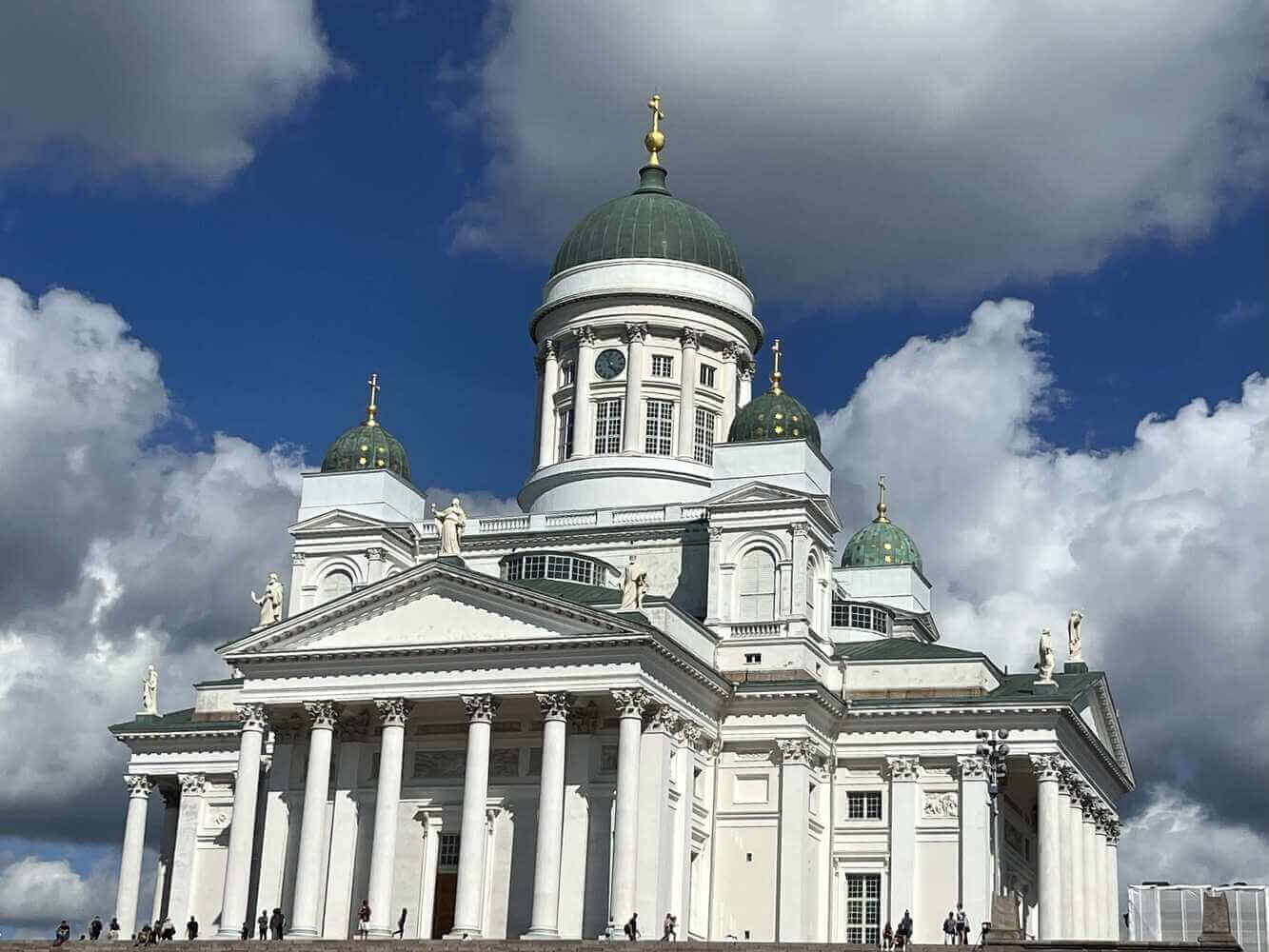
This orthodox cathedral is a ten-minute walk from the Helsinki Cathedral. It is located right next to the Tove Jansson Park, which is named after a famous bisexual Finnish comic strip writer and novelist. Although only 1% of Finland’s population is Orthodox, the Finnish Orthodox Church is, alongside the Evangelical Lutheran Church, one of Finland’s two national religions. These churches are financed by a 1-2% extra tax on their adherents’ income.
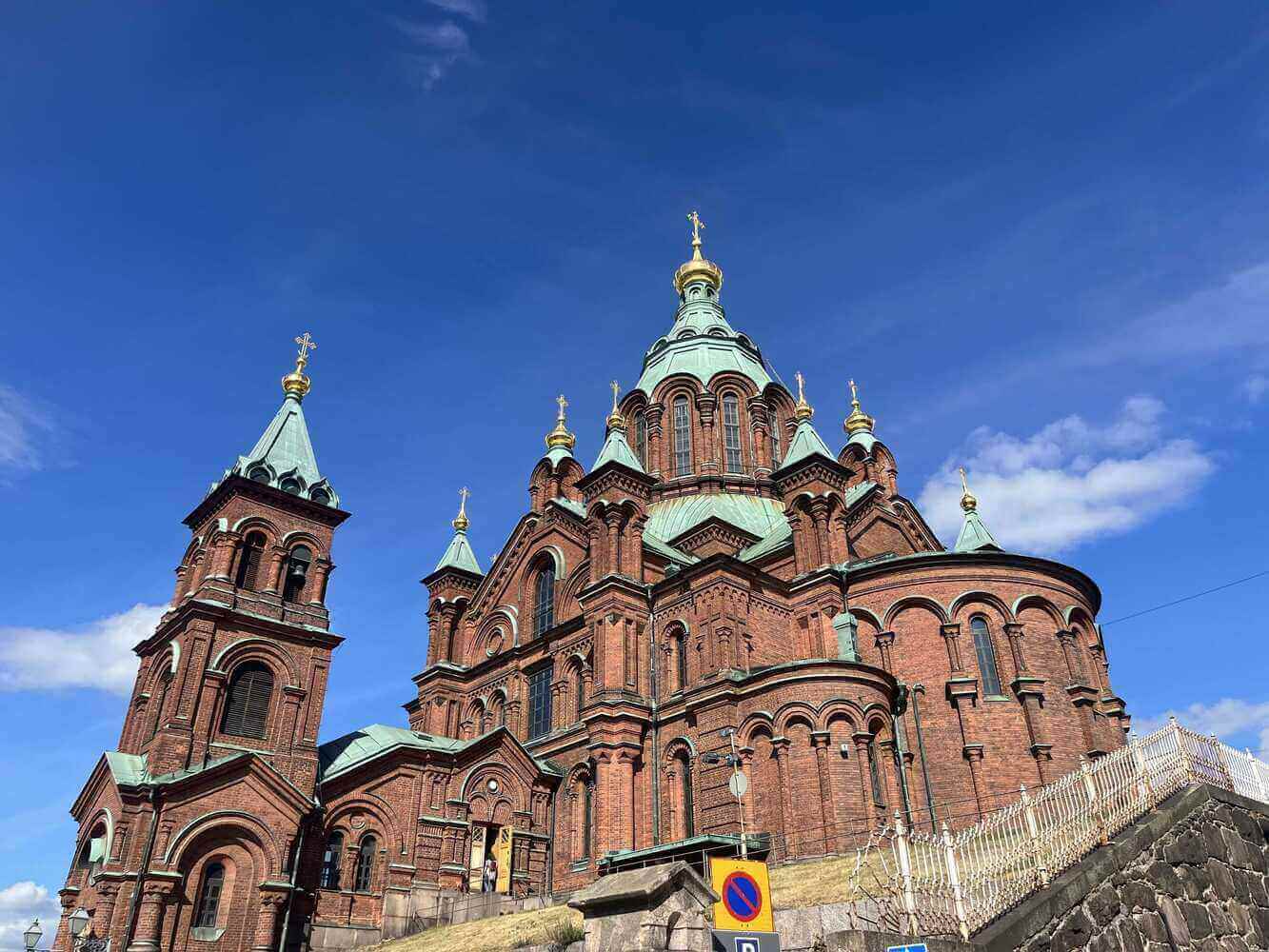
This painting by Edvard Isto depicts a two-headed eagle, which symbolizes Russia, attacking a maiden, that symbolizes Finland. As noted previously, Finland had been part of Sweden until 1809, when it was ceded to Russia during the Finnish War. In 1899, Tsar Nicholas II gave the February Manifesto, which reduced Finland’s autonomy within the Russian Empire. Isto’s painting showcases the Finnish sentiment at the time. Finland took advantage of the chaos of the Russian Revolution in 1917 to gain its independence, and the next few decades would be marked by a tense relationship with its large neighbour.
